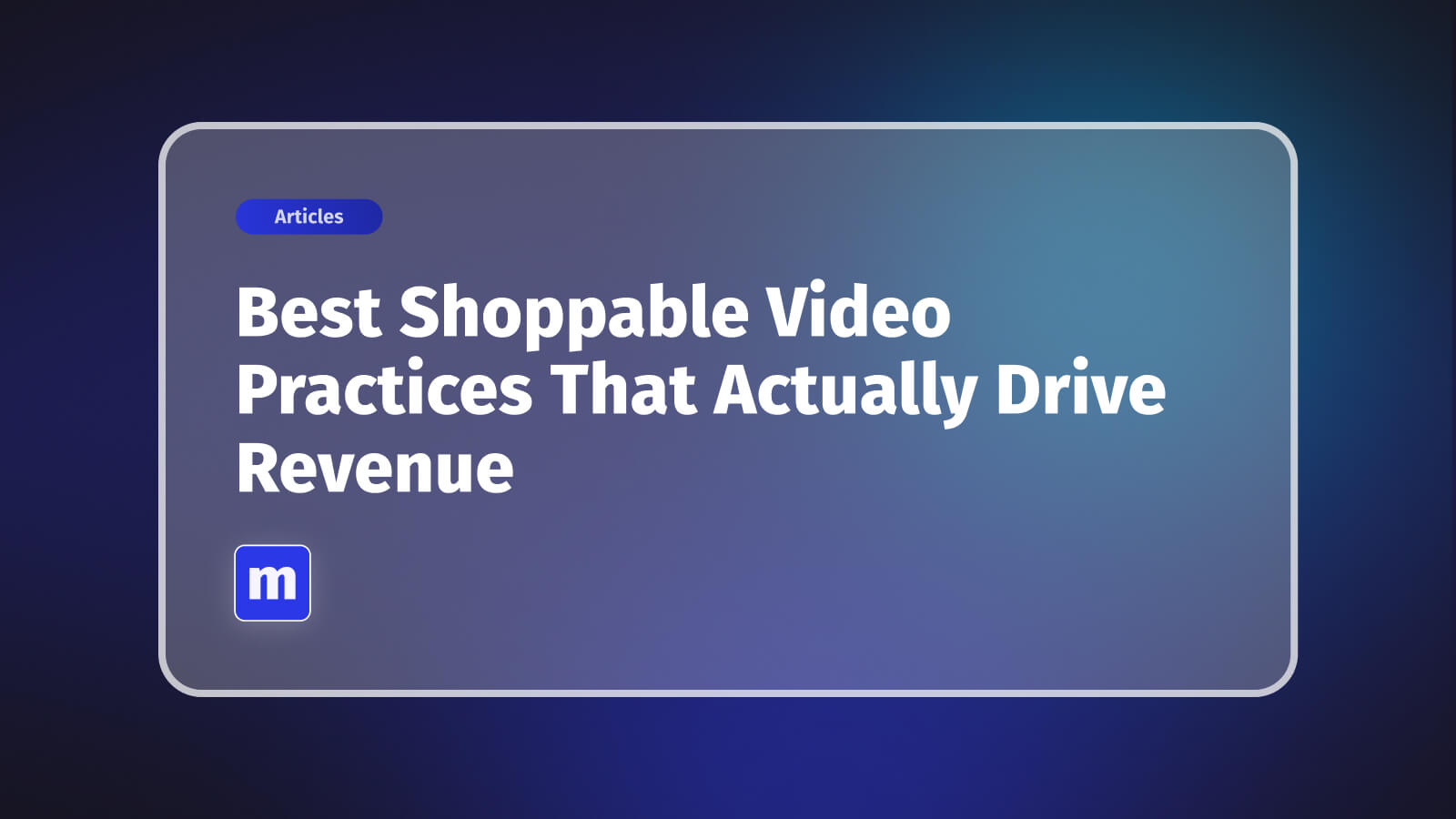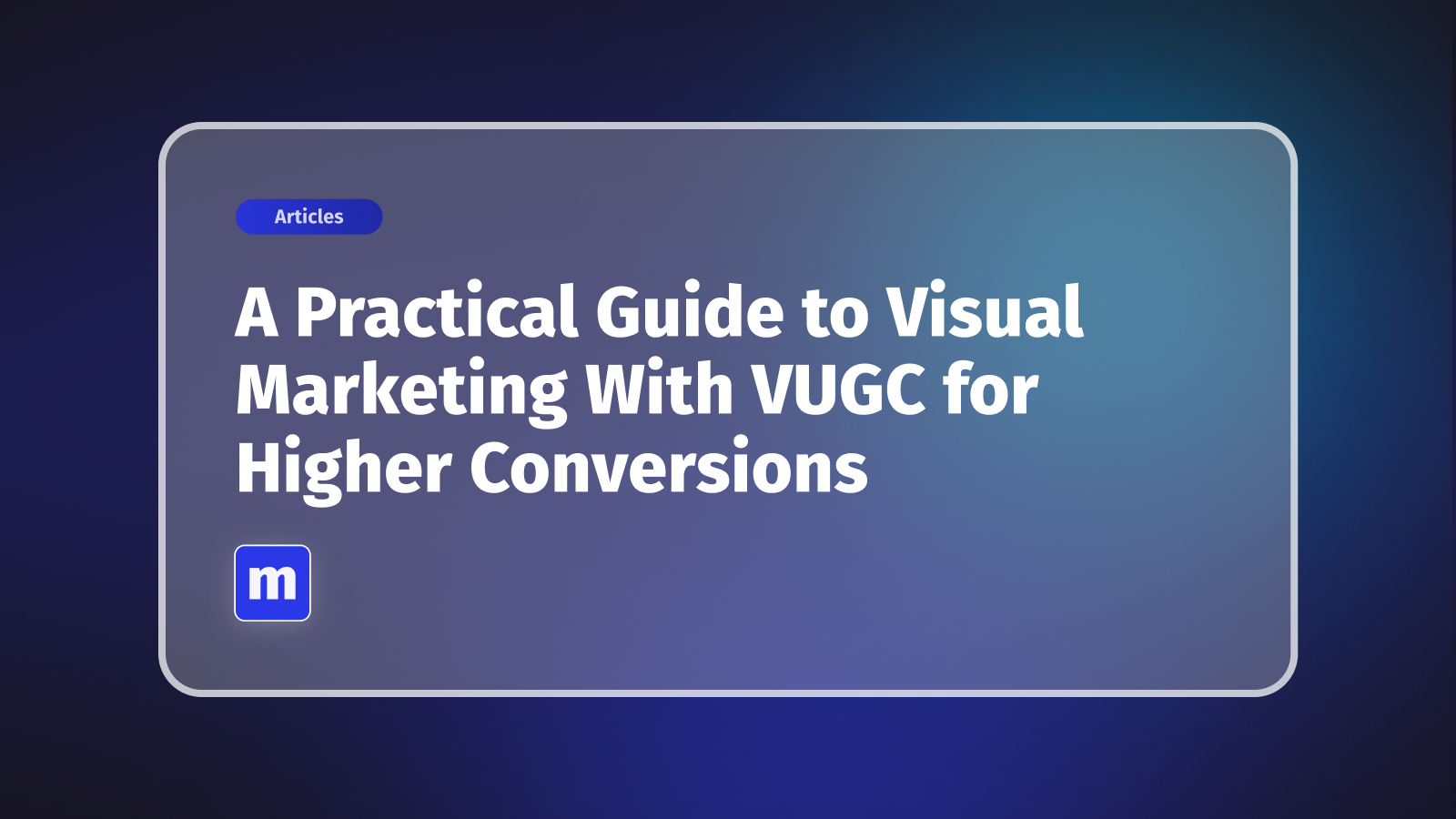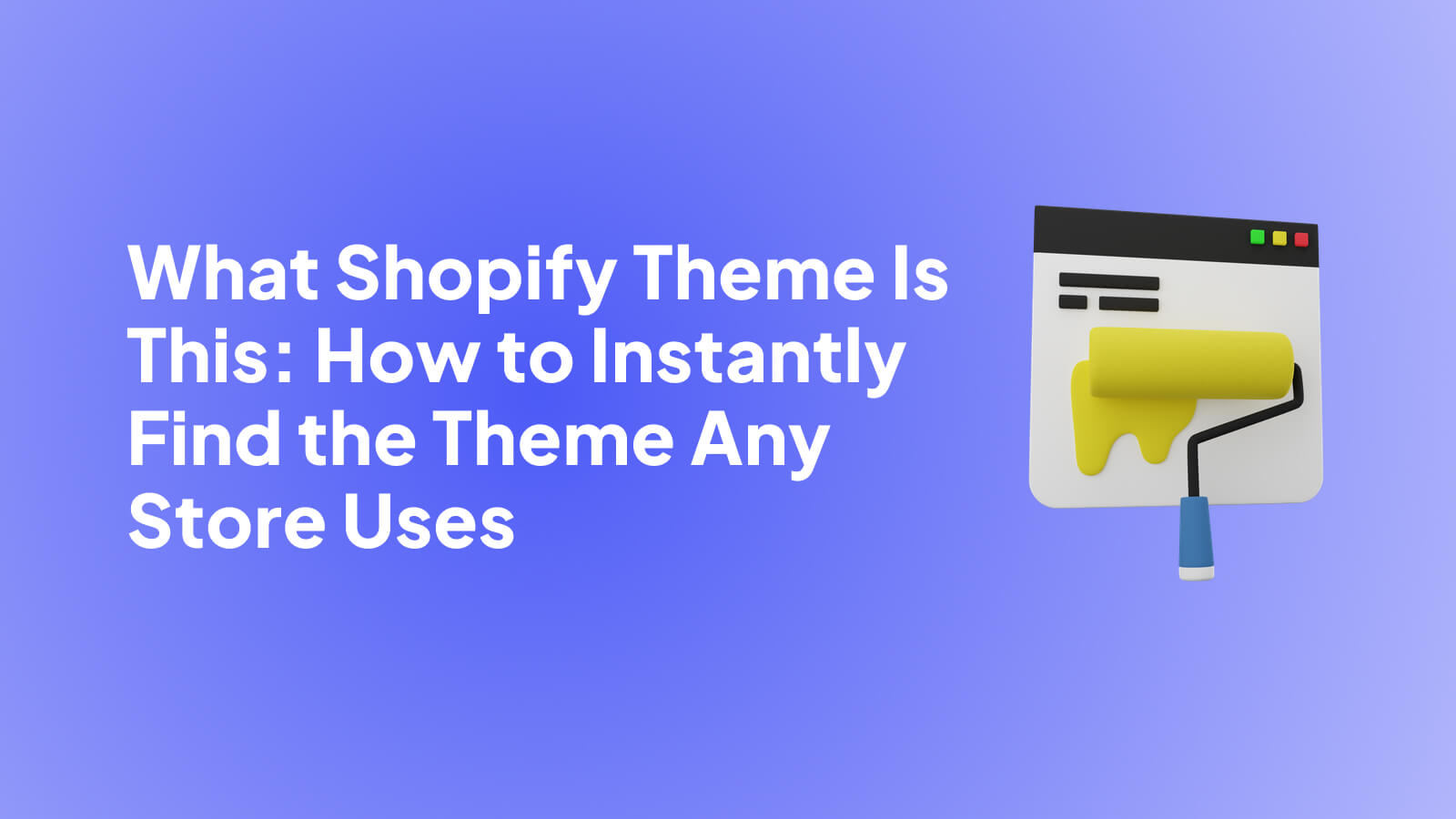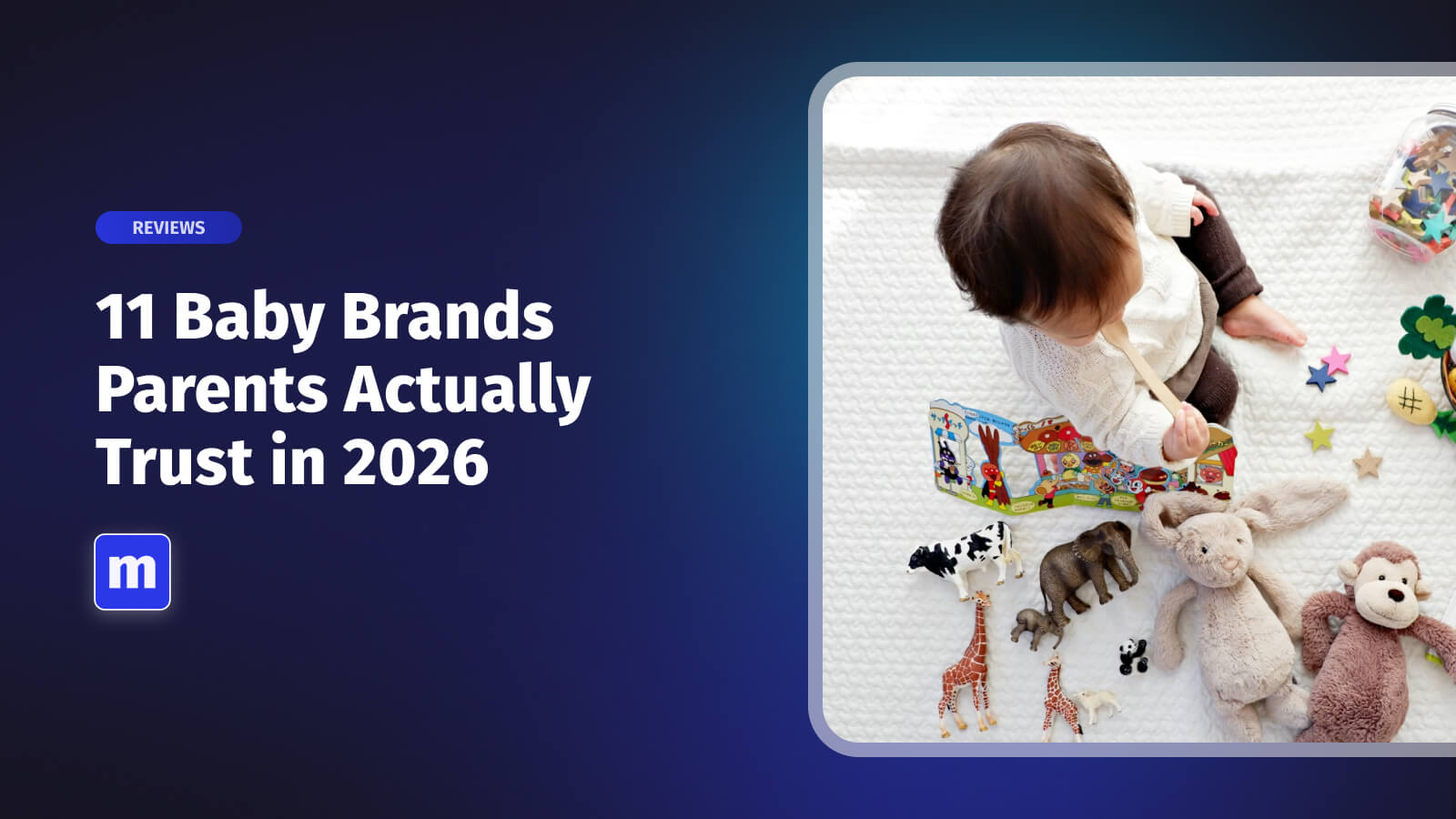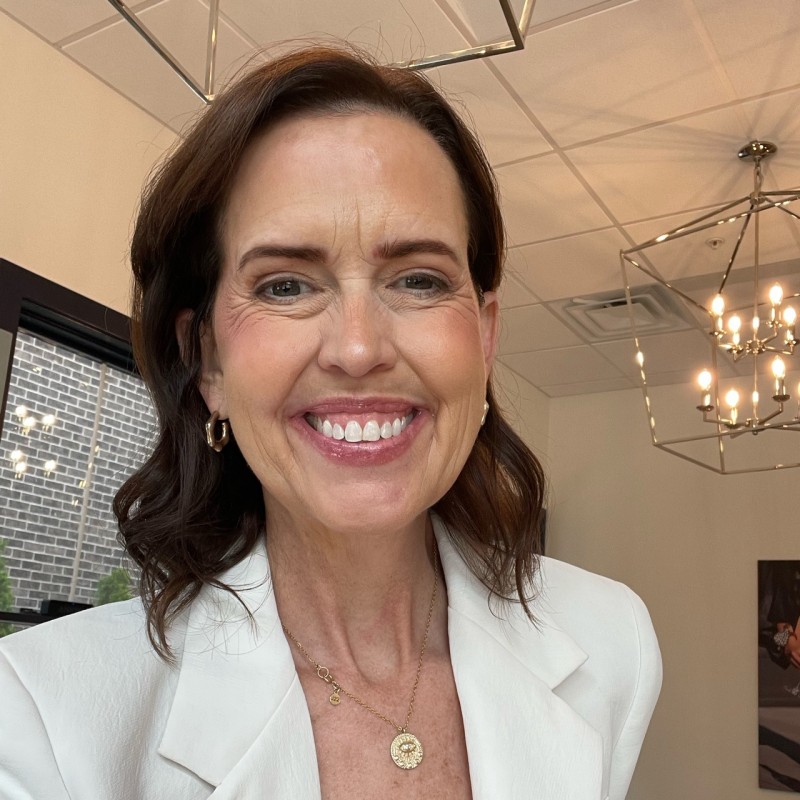.jpg)
Marketing has never been harder. We’re in a state of play where traditional channel performance is declining faster than ever, and new channels continue to emerge with more and more uncertainty.
We’ve entered an attention economy, where we’re exposed to 6,000 to 10,000 advertisements every day, most of which we’re programmed to ignore – particularly in such a privacy-centric world.
And in this attention economy, brand trust is vital, as is mental availability – a phrase coined by Profesor Byron Sharp to mean “the probability that a buyer will notice, recognise and/or think of a brand in buying situations”.
For marketers, these are two areas that are increasingly difficult to build on and measure. Customers have more choice than ever before, making buying decisions more challenging. Category leaders often have an in-built shortcut to trust and mental availability, which means that challenger brands need to try something new.
Are communities the new secret weapon?
Communities can often provide this mental shortcut to easier and faster purchase decisions. In the traditional sense, they provide a way for brands to connect meaningfully with customers. But there’s a behavioural science dimension that’s less explored.
The fact is, as humans we’re wired to copy. We’re herd animals and we rely on those around us – the friends, family and people in our real-world communities – to research and recommend brands and products for us. We’re 92% more likely to trust a personal recommendation over all forms of advertising, making community marketing one of the only channels that we don’t subconsciously block.
.jpeg)
Trust in our communities is nothing new (it’s how we knew how to avoid the poisonous berries back in the caveman days). We rely heavily on social proof from others to guide us behaviourally, and marketers have long tapped into this with testimonials, reviews and user generated content (UGC).
But while communities have existed for as long as human beings have, brand communities are a relatively new concept. Consumers now see their buying decisions as reflections of their identities as well as the communities they belong to – creating a sense of belonging to a “tribe” of like-minded people.
What makes a community?
According to Mark Schaefer, author of “Belonging to the Brand: Why Community is the Last Great Marketing Strategy”, there are three distinguishing features of a community:
Communion. People know each other. They may become friends, collaborate, and help each other. This is important because that emotional benefit transfers to the brand!
Purpose. People need a reason to gather. They want to grow something, change something, build something. How does this purpose intersect with the purpose of the brand? That’s when the magic starts to happen.
Adaptability. The priorities of a community will change over time as the world changes. A community cannot be rigid in its structure or it will become irrelevant.
When we consider the concept of community in these terms, it’s clear that it extends far beyond the constraints of online behaviour. Many brands devote most of their marketing resource to managing communities via social media channels and online review tools, but behavioural analytics platform Herdify says that we ignore real-world communities at our peril.
Herdify defines community marketing as “locations where word-of-mouth has tipped the scale and is the primary influence in sales. These are the real-world locations where you have brand awareness that’s driving growth.”

The behavioural science behind communities and social proof
It’s important to note that while humans copy those around us, we are also highly forgetful. We make mental shortcuts to purchase because of community recommendations, but we also need to reinforce these recommendations with reminders – otherwise life intervenes and we forget.
Studies show that it takes 5-7 impressions for people to remember a brand. Word-of-mouth (WOM) and recommendations spread through communities can reduce this number of impressions (ie the number of ads you need to send out). The Baader Meinhoff (frequency phenomenon) is a good example of this.
When someone introduces a new concept to you – a word, a product, an idea – you suddenly see that thing everywhere. Say it’s a car brand, a red Mini. There are no more red Minis on the road, but your brain has previously filtered out the unfamiliar.
Similarly, there are no more ads out there, but because the consumer has unfiltered your product, they are more likely to take notice of your ads, which serve as a reminder to purchase.
So how can brands and marketers connect all of these dots between online and offline communities, trust, mental availability and community engagement?
Often marketers look to turn an existing audience into a community, by affirming similarities, encouraging brand advocacy, and creating conversation and discussion in online forums. But according to Herdify, those communities already exist and are working hard on your behalf to increase sales and growth with organic recommendations and referrals.
As marketers, we should be seeking to amplify them across the entire marketing funnel, providing those nudges to complete the community recommendation journey.
11 ways to leverage brand communities and boost key marketing metrics
1. Improve your purchasing experience
There is nothing that gets people talking more than a bad purchasing experience! This leads to negative reviews, often published online. But a good purchasing experience can be even more powerful, particularly when passed on via a word-of-mouth recommendation.
Send samples, create talking points, improve the entire user journey with thoughtful touches – really anything to seed community recommendations.
2. Encourage verbal FAQs
Verification is key here – customers asking questions of friends and family. And this is where social proof comes in.
If a prospective customer sees a friend using your product, they are more likely to purchase. If they see a number of friends using it, the likelihood increases further. If we examine behavioural change and take a subscription service as an example, a prospective customer might question their friends and people in their community – “Will we use it?” “Is it the right amount?” “Will it last?”
This is the verbal version of FAQs – you don’t necessarily believe a brand’s website, but you do when those questions are answered through a friend. Make sure that your current customers have the right answers to hand through clear post-sale marketing.
3. Consider an enhanced customer experience
This can be an expensive tactic, but by detecting where your brand has strong communities, you can deploy only in these areas to considerably reduce costs and impact. You could give these customers a free gift or invite them to be part of an elite club. In turn, this will encourage more people in these community areas to refer and talk about your brand, casting the net further.
4. Make it personal
Adapt your ad copy to acknowledge strong communities and reaffirm social proof – “you’ve probably heard this from a friend already” or “all your friends are doing this” or “over 200 people in Bristol already trust our brand”.
Match intent data with ad copy. Ask customers why they subscribed or purchased, or what they like most about your product. Use that to determine your ad copy in those areas.
5. Prompt the “keeping up with the Joneses” effect
Loyalty encourages longer customer lifetime value and higher average order values, because customers feel a connection with the brand and feel guilty shopping elsewhere.
A popular car advertising tactic is to make people who own the car feel good about it, reinforcing a “being in the club” mentality. This relies on strong post-sales messaging and communication, whilst reiterating how people in their community might be using your product.

6. Make customers feel like they are early adopters
Most people love to see a brand grow and develop when they believe that they were in “from the ground up”. Early adopters and first followers are vital to community growth, as these are the people with the most community influence.
Try releasing products to loyal members for early test-and-review, or creating limited sign-up programmes or referral schemes. Look to platforms like Moast to deploy these strategies.
7. Be tactical when choosing brand advocates and influencers
Brand advocates don’t have to be mega influencers and they don’t even have to be prevalent on social media. Key personalities in local communities can be hugely influential, if located in areas where there is already existing community chatter about a brand.
Select micro influencers who will inspire conversation and advocacy amongst communities who are already open to your message.
8. Host pop-ups and sample sales
Use community data to show where your pop-up or sample sale will amplify and grow your brand. Pop-ups in areas with strong brand communities promote group advocacy (because people tend to attend in groups) and organic referrals. In strategic locations, they also help to create that sense of belonging, which amplifies the likelihood of community recommendation.
9. Win the non-branded keyword war
Non-branded keywords are notoriously expensive and few brands can afford the CPC. By only bidding in areas where you have community awareness, performance marketers can increase the likelihood of consumers engaging with a non-branded keyword ad – because they will have unfiltered your brand as a result of community marketing.
10. Supercharge your UGC
We know how powerful user-generated content is for boosting brand engagement. Focus on UGC activations in the communities where you have the strongest brand advocacy, to further spread your message in the most authentic way. Customers are much more likely to respond to campaigns that feature UGC of people from their community.
11. Make the most of your prime real estate
Those boxes delivered to your customers' doorsteps are essentially free advertising. They become even more effective when prospective customers notice them on multiple neighbours' doorsteps. Reinforce memory structures by creating memorable brand collateral and deploying where your brand has strong communities.
This works in the same way for door-drops. Herdify worked with Abel & Cole to detect where brand communities were forming. They targeted door drops to those areas to reinforce brand recognition where Abel & Cole was already being discussed and recommended. In doing so, the ads created several impressions when left on a kitchen counter or table, serving as a powerful nudge to purchase – and increased response rates by 120%.
Related content
Turn your social content into a revenue channel
Turn your TikToks and Reels into shoppable videos and boost conversions by 3.5x.

